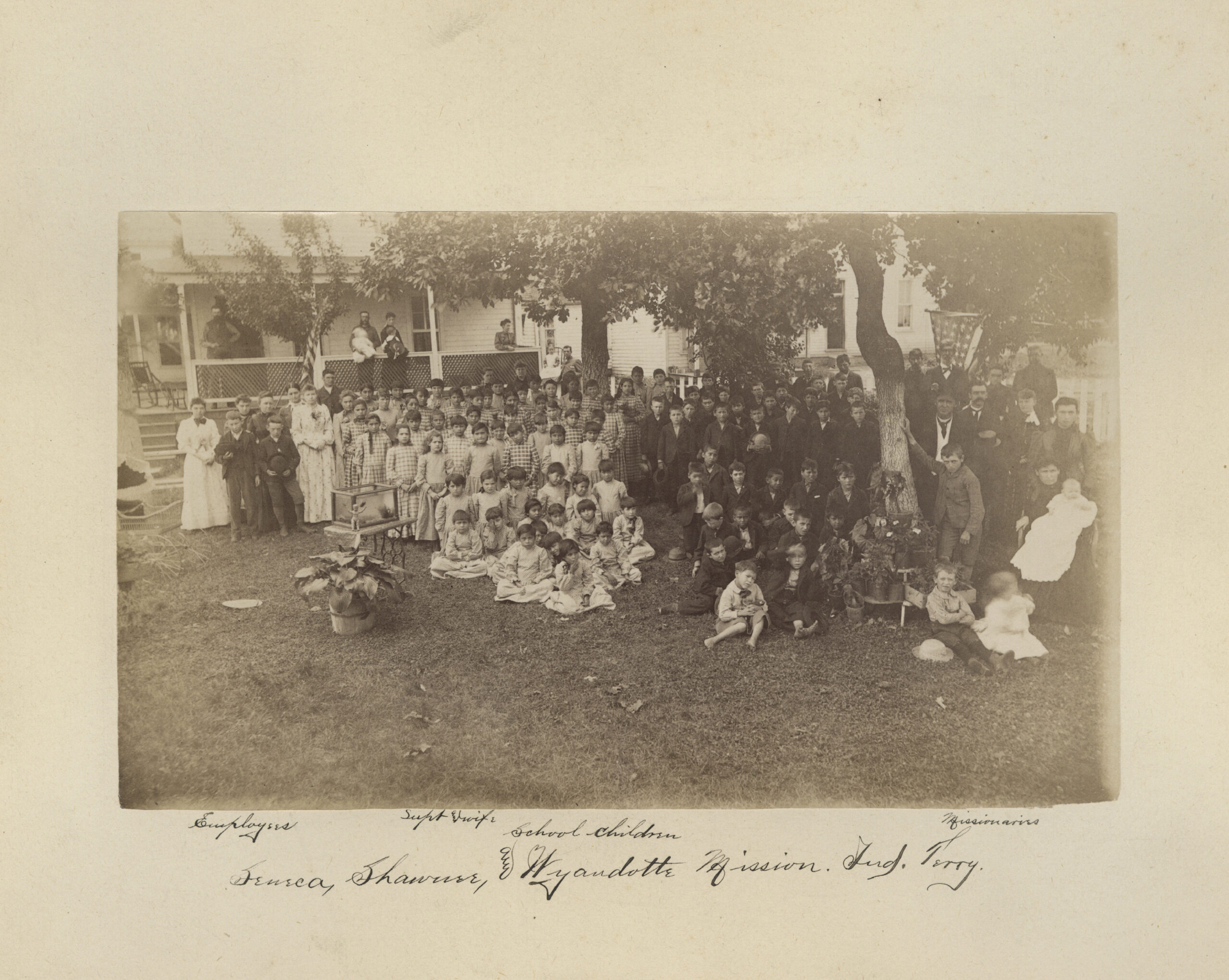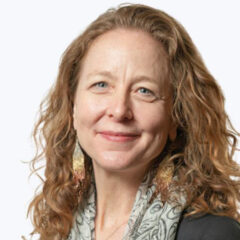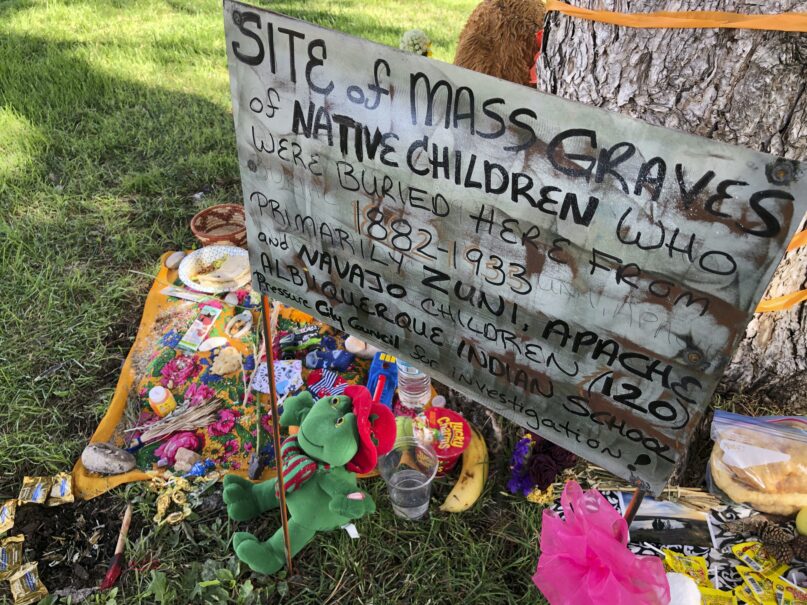(RNS) — November is National Native American Heritage Month. The month was designated by Congress in 1989 to honor and celebrate the contributions, cultures, traditions and history of American Indians, Alaska Natives and Native Hawaiians. This year, Congress should also make it a time of truth and healing.
In late May, the Truth and Healing Commission on Indian Boarding School Policies in the U.S. Act was reintroduced in the Senate. We still await its reintroduction in the House. The bill, which has bipartisan support, would authorize the creation of a truth and healing commission to formally investigate, document and acknowledge past injustices of the government’s Indian boarding school policies and make recommendations for how the government should move forward with this knowledge.
This is seen as a deeply significant step for tribal nations, which continue to navigate the consequences of the boarding school era. For faith communities, like my own, that were involved with the schools, it would serve as an important act of contrition.
From the early 1800s through the 1960s, Christian churches collaborated with the government to create hundreds of boarding schools intent on stripping Native children of their Indigenous identities, beliefs and languages. Many faith groups involved saw this as a way to help Native communities civilize, assimilate and offer religious salvation. But the realities of the schools were horrific, including physical and sexual abuse. The Department of Interior’s initial report documents more than 500 deaths. The agency anticipates final discoveries in the thousands.
Many children suffered kidnapping, cruel practices of child labor, forced assimilation and neglect. Too many never returned home at all. The intergenerational and community trauma of this policy lives on for Native peoples. But the United States has never conducted a full accounting of the totality of harms and impacts of this official nationwide policy. We have never told the full truth to ourselves or acknowledged it with Native communities.
This includes my own faith community. Quakers, often written about in our history books for good relations with Native Americans, ran more than 30 of these schools.

In this photo taken between 1869 and 1895, provided by the Quaker and Special Collections at Haverford College, schoolchildren of the Seneca, Shawnee and Wyandotte Mission Indian Territory gather for a portrait in Wyandotte, Okla. This image is one of 20,000 archival pages related to boarding schools for Native youths operated by the Quakers that will be digitized by the National Native American Boarding School Healing Coalition. (Quaker and Special Collections, Haverford College via AP)
Quaker Edward Shaw of Richmond, Indiana, wrote in an 1869 letter that Quakers participated “to protect, to Civilize, and to Christianize our Red Brethren.” Paula Palmer, who founded the Quaker ministry Toward Right Relationship with Native Peoples, wrote in Friends Journal that Quakers were some of the staunchest proponents of cultural genocide. They advocated fully removing children from their families, believing “the whole character of the Indian must be changed.”
As a Quaker, I find it painful to face that history. But we cannot live our faith with integrity if we do not.
Many Quaker meetings and churches are now opening their own records to publicly acknowledge our role in the boarding schools, make apologies and take steps toward righting our relationships with Native communities. Our lobbying organization, which has advocated for Native American rights and sovereignty since the 1970s, is advocating for passage of the truth and healing commission act as a top priority this Congress. We are humbled and grateful for the grace and ongoing relationships many Native communities extend to us on this journey of accountability and healing.
It’s time our country takes the next step too. We cannot honor National Native American Heritage Month without facing these truths. The federal government must play a notable role in the healing process of the Indian boarding school era, and it starts with Congress passing the truth and healing commission bill.
While the bill has been gaining more support with each successive Congress, it has yet to get the full vote in both chambers that it deserves.
“It is no question that this work will be painful, but it is important — and long overdue,” explained Sen. Elizabeth Warren, the bill’s lead sponsor, in June while discussing the need to move the legislation forward.
A truth and reckoning process to address the harms and ongoing impacts to Native American, Alaska Native and Native Hawaiian communities is imperative. And the faith community is called to join this process in solidarity with tribal communities through our own reckoning and advocacy with Congress.

Bridget Moix. (Photo courtesy of FCNL)
That is just step one. But it is one that we cannot wait any longer to take.
(Bridget Moix is general secretary of the Friends Committee on National Legislation and its associated Quaker hospitality center, Friends Place on Capitol Hill. The views expressed in this commentary do not necessarily reflect those of Religion News Service.)





